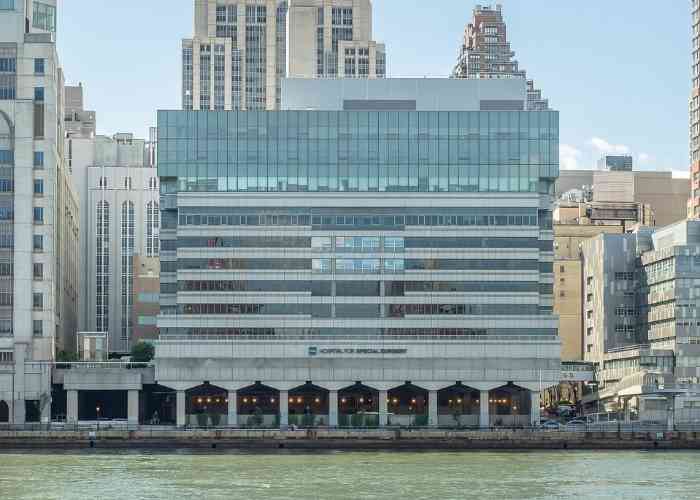What is elbow epicondylitis?
Elbow epicondylitis is a condition that manifests in two areas of the elbow: medial (inside) and lateral (outside). This condition is characterized by the inflammation of the tendons that attach to both the inside and outside of the elbow. This inflammation is generally the result of micro-tears within the forearm muscles from chronic use. Elbow epicondylitis is typically seen in patients that participate in golf or in racket sports such as tennis or racquetball; however, lateral epicondylitis can also be the result of a work-related injury seen with painters, gardeners, and carpenters. Both conditions result in a weak grip making it difficult to perform daily tasks such as turning a doorknob, shaking hands, or holding a cup of coffee.

What is the treatment for elbow epicondylitis?
Most patients experiencing elbow epicondylitis symptoms are typically able to recover with conservative therapies alone. However, when the pain is persistent and severe, or when conservative therapy is unsuccessful, surgical intervention may be necessary. This can be accomplished by simply removing small, damaged fragments of the tendon in a procedure known as debridement, or by removing a large portion of the damaged tendon and reattaching it to the correct anatomical site. The goal of elbow epicondylitis debridement or repair is to diminish the irritation caused by repetitive forearm use. Dr. Answorth A. Allen, orthopedic elbow surgeon, treats patients in Manhattan, New York City, Westchester, Long Island and surrounding areas who are in need of elbow epicondylitis repair.
How is elbow epicondylitis repair performed?
Elbow epicondylitis is most commonly performed as an open surgery. During this outpatient procedure, Dr. Allen will make a small incision over the medial or lateral epicondyle based on his in-office medical evaluation and physical examination findings. Once access to the elbow joint is obtained, the tendon is severed from its attachment point on the elbow. The damaged portions of the tendon will be removed along with any other irregularities such as bone spurs or irregular tissues. The repaired tendon is then reattached to its anatomical site by special surgical anchors that are secured within the bone.
How long is the recovery period after elbow epicondylitis repair?
The recovery period for elbow epicondylitis repairs is dependent upon the complexity of the injury. Most patients can expect a full recovery in 4-6 months if the post-operative care instructions provided by Dr. Allen are carefully followed. In general, patients in New York can expect the following:
- A splint will be used to immobilize the elbow immediately following surgery for 2 weeks followed by a wrist splint until 6 weeks post-op.
- Pain, swelling, bruising, and discomfort are normal during the first week after surgery. A combination of rest, ice, and non-steroidal anti-inflammatory medications are used for pain management.
- Pain medication will be prescribed as needed and taken as directed.
- Stretching exercises to re-establish flexibility and improve elbow movement begin after removal of the post-operative splint.
- Adhering to and completing the physical therapy protocol is the key to a successful elbow epicondylitis repair. Dr. Allen will make his recommendations based on his intra-operative findings.
Elbow Epicondylitis Surgeon

Do you participate in sports such as golf or tennis? Athletes involved in these sports can develop inflammation and injury to the elbow due to repetitive motions. This damage can be treated conservatively, however, more severe cases may require surgery. Open elbow surgery is recommended for more complex injuries such as elbow epicondylitis. Elbow surgeon Doctor Answorth Allen is experienced in diagnosing and treating patients in Manhattan, New York City, Westchester, Long Island and surrounding areas. Contact Dr. Allen’s team today!






